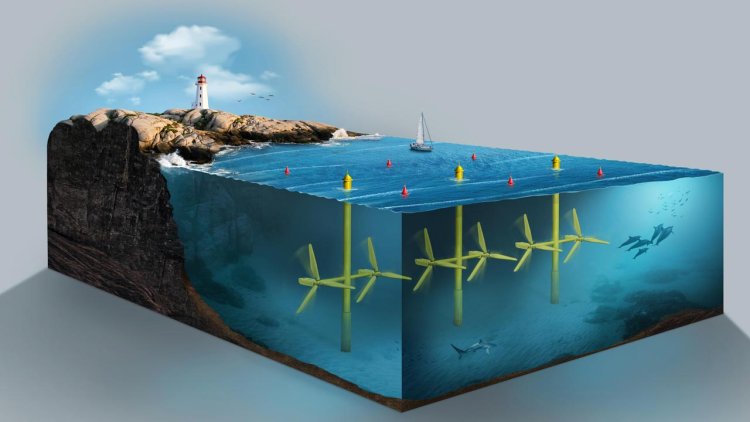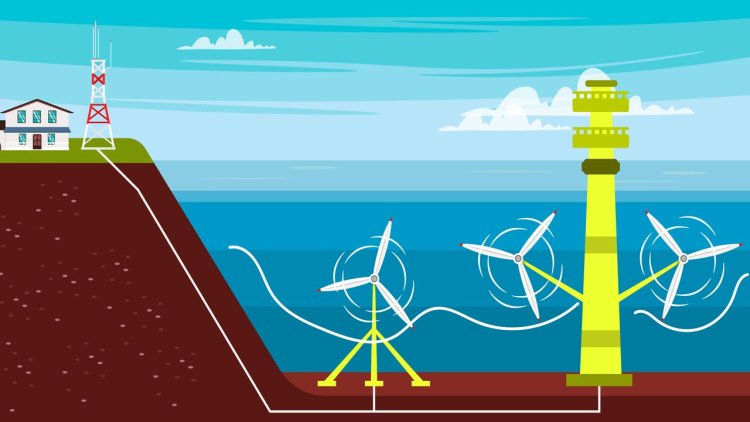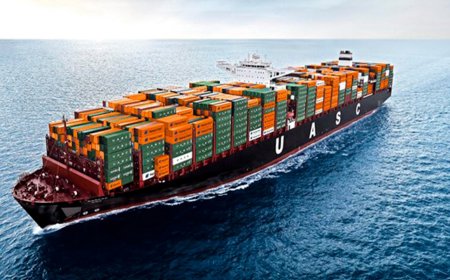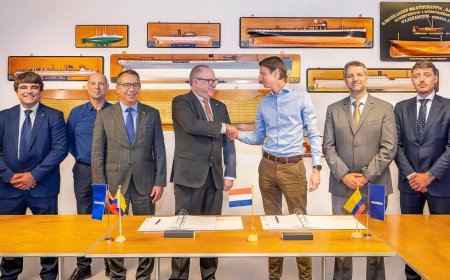ORE Catapult: 10 technology innovations key to 80% cost reduction of UK tidal energy
New industry-leading report identifies 10 technology innovations that are key to unlocking 80% UK tidal energy cost reduction

The Tidal Stream Technology Roadmap report, published by the Offshore Renewable Energy (ORE) Catapult, has identified 10 technology innovations that could result in an 80% cost reduction in tidal stream energy, making it lower than current nuclear energy prices – if successfully commercialised.
Simon Cheeseman, Wave and Tidal Energy Sector Lead at ORE Catapult, said:
“Our new report demonstrates how and where cost reduction can be achieved through technology innovation, creating significant growth in the UK tidal industry.
“With rising costs and the need to adapt to a varied future renewable energy mix, we have identified key drivers in how tidal energy can reduce UK energy system costs by up to £600 million a year and play a full part in the net zero revolution.”
The technology innovations highlighted in the 2024 report support 1GW of tidal stream being installed in the UK by 2035, in line with UK Marine Energy Council (MEC) recommendations.
Sue Barr, Chair of the UK MEC, said:
“The UK tidal energy sector has shown a strong pipeline of projects, through the Contracts for Difference scheme rounds 4 and 5. With over 90MW of potential tidal energy projects due to deliver projects across Scotland and Wales in coming years, there is a clear signal that tidal technology is moving towards a commercially viable future.
“Our ambitious UK target of 1GW of installed capacity by 2035 means it is imperative we can define the levers and strategies which can strengthen delivery of tidal stream technology into our energy system. The Tidal Stream Technology Roadmap is a much-needed report, setting out the value and scale of the tidal energy sector and quantifying the systems benefits tidal technology can provide. It also provides strategies for enhancing the reduction of tidal stream costs through innovation and collaboration. The UK MEC looks forward to working with the report and the sector to continue the growth of the tidal stream sector.”
The 10 technology innovations identified by the report for future tidal energy success include subsea hubs, anchors for floating devices, controllers to optimise lifetime turbine performance, cable monitoring and tidal array optimisation.

In an ‘optimistic’ cost reduction scenario outlined in the report, the innovations were projected to support a reduction in tidal stream cost from the current £259/MWh to £50/MWh by 2035.
However, the report also highlights that further research and development in technology innovation will fail to secure an accelerated project pipeline for tidal energy without appropriate policy support to boost continued deployment, and private investment to drive commercialisation. It identifies the need for an increased ringfence for tidal stream energy within the UK Government’s Contracts for Difference (CfD) scheme and reforms to the CfD process to recognise non-price benefits generated by renewable energy projects, such as system integration and supply chain development, rather than focusing on lowest price bids.
Sean Parsons, Director of External Affairs at UK tidal stream developer SAE Renewables, said:
“This report highlights that tidal stream energy can play a significant role in powering our homes and businesses while also providing further significant benefits for the community and wider UK supply chain. SAE’s MeyGen site is the world’s leading tidal energy site and has provided over 50GWh of clean, predictable power to the electricity system, generated jobs and investment, exported technology and provided a platform to innovate and demonstrate a leading global technology while driving down costs.
“But to deliver the benefits highlighted in the report we need the ongoing support of Government to provide a route to market and continue allowing sites around the UK to expand.”
























































































































































